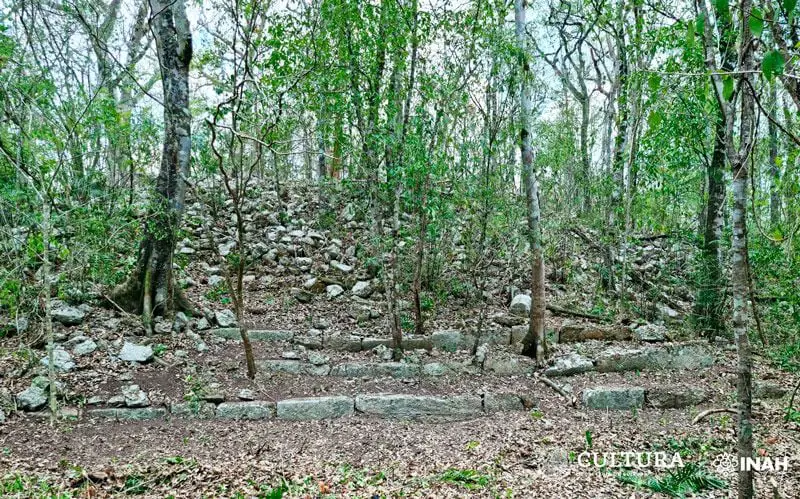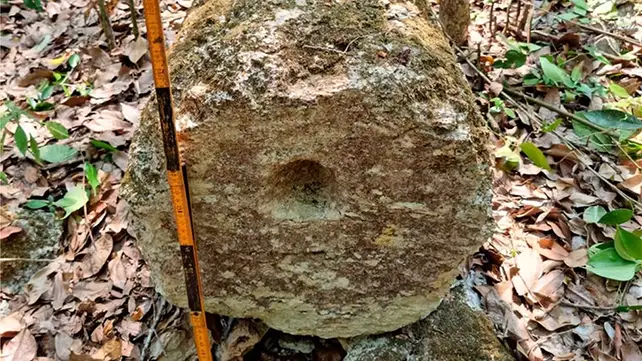A remarkable discovery has emerged from the depths of the Mexican jungle in the Yucatan Peninsula: an ancient Mayan city that remained hidden from human knowledge until now. This city’s existence was a complete secret, absent from maps and satellite images, camouflaged by dense foliage.
This breakthrough was made possible through LiDAR scans, an advanced tool transforming modern archaeology. These scans employ lasers to emit rapid bursts towards the ground, bouncing back off surfaces and delivering intricate topographic maps, revealing long-lost structures concealed beneath the forest’s canopy.
The astonishment of researchers is palpable as uncovering a city of this magnitude, hitherto unknown to anyone, is incredibly rare.
The journey to the heart of this Mayan city required the team to traverse 60 kilometers of jungle terrain. What they encountered was a city with a distinct central area situated on elevated land, encircled by marshy lands.

Archaeologist Ivan Sprajc describes, “Within its expansive core, which spans over 50 hectares, stand several grand edifices, including multiple pyramid-like structures exceeding 15 meters in height.”
Dating back to a period between 1,000 to 1,800 years ago, the site encompasses three stone plazas, pyramids, and an array of stone columns. This expansive urban center could have held significant importance within the Mayan civilization. The layout of many structures in concentric circles hints at its unique architectural design. Given the abundance of stone columns, the city was dubbed “Ocomtún,” which translates to “stone column” in the Mayan language.
By meticulously examining materials from buildings and artifacts, researchers aspire to pinpoint the precise era during which Ocomtún flourished.
Among its ruins lies a ball court, attesting to the Mayan affinity for ball games. In these games, participants would maneuver a rubber ball symbolizing the sun across a court without the use of their hands, aiming to pass it through a stone hoop. Historians speculate that these games held religious significance.

The team also encountered various altars located near a river, possibly utilized for profound religious ceremonies.
Ocomtún resides within the Balamku ecological reserve, a region less explored due to its challenging accessibility. This discovery is part of a broader initiative aimed at unraveling the historical mysteries of this area. Simon Martin, a political anthropologist, conveyed to The New York Times, “Often, stories about ‘lost cities in the jungle’ turn out to be minor or sensationalized, but this discovery is much closer to the real deal.”
The Mayan civilization significantly shaped Mesoamerica, leaving their mark through renowned sites like Chichén Itzá. Notably, the Mayans pioneered the only writing system in pre-Columbian America, in addition to advancing architecture, mathematics, and an intricate calendar system